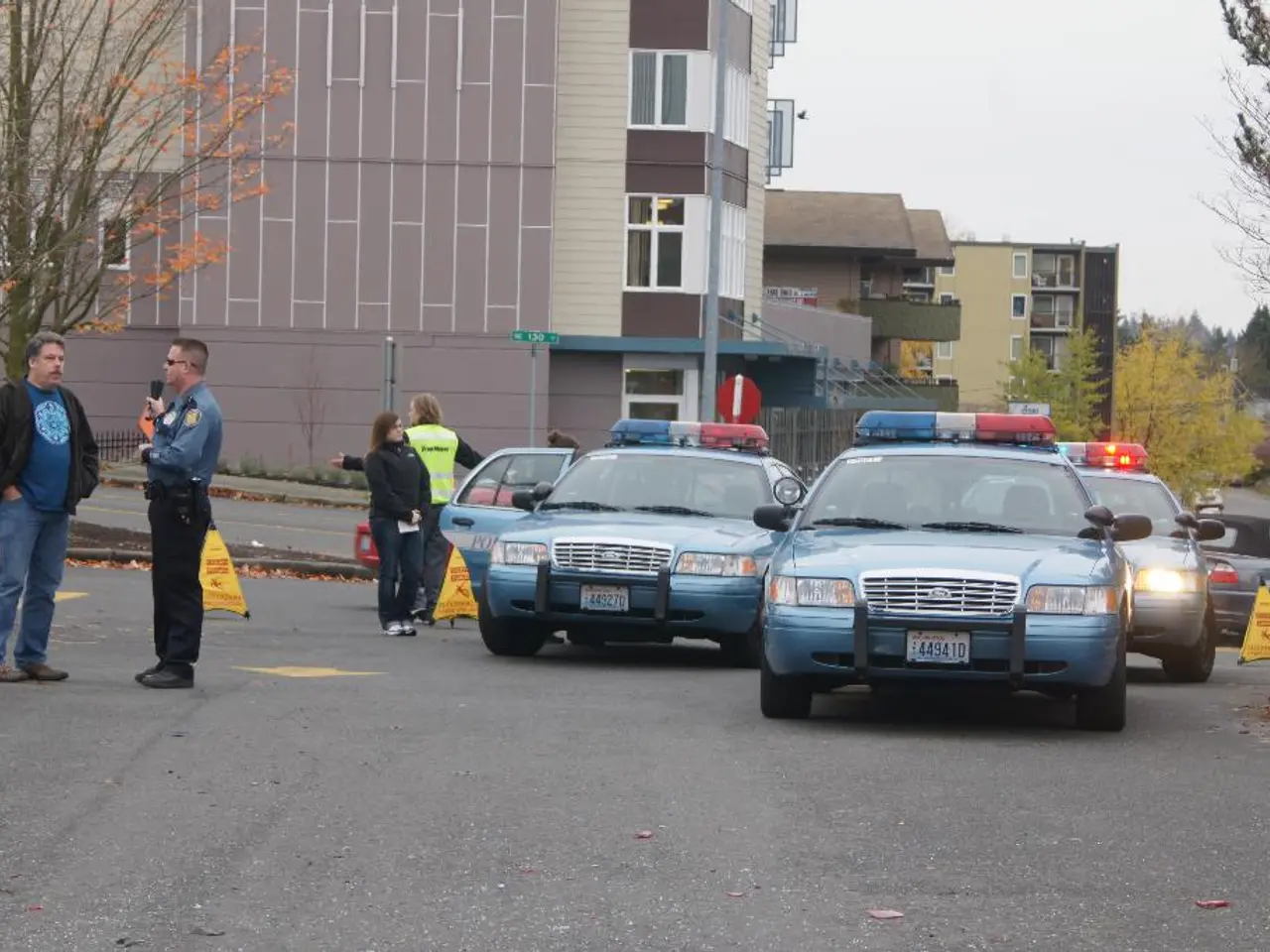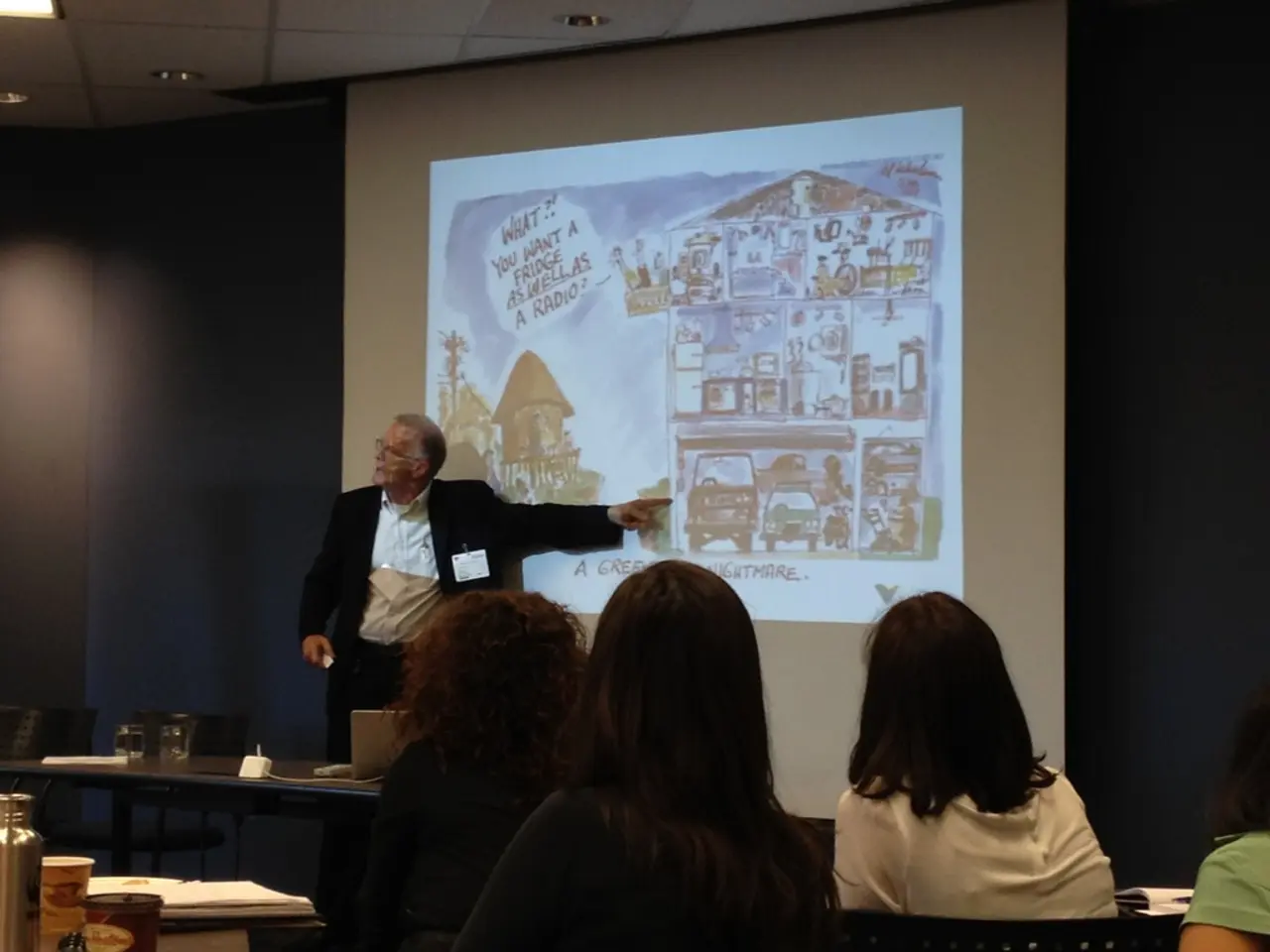Crisis in High Blood Pressure: Understanding Causes, Signs, and Remedies
In the realm of high blood pressure, malignant hypertension stands out as a serious and potentially life-threatening condition. Unlike benign hypertension, which is often caused by lifestyle factors like smoking, eating too much salt, and obesity, malignant hypertension is characterized by a markedly elevated blood pressure and evidence of acute target organ damage.
The current diagnostic standard for malignant hypertension involves confirming extremely high blood pressure, typically with a diastolic reading above 140 mm Hg, accompanied by objective evidence of target organ damage. This can manifest in various ways, such as papilledema (optic disc swelling), hypertensive encephalopathy, acute kidney injury, heart failure, or other organ dysfunction.
The presence of papilledema, often accompanied by other signs of hypertensive retinopathy, is a key indicator in the diagnosis. If either number of a blood pressure reading exceeds a certain limit, seek immediate medical care.
Malignant hypertension is a medical emergency requiring immediate management to prevent irreversible organ damage. Treatment often involves hospitalization and the administration of medications like labetalol, sodium nitroprusside, nicardipine, esmolol, nitroglycerin, and clevidipine, which work to gradually lower blood pressure over the first 24 hours.
Symptoms of a hypertensive emergency can include back pain, breathing difficulty, trouble seeing, a decrease in urination, arm or leg weakness, confusion, seizures, loss of consciousness, and mood or personality changes. If treated in time, there is a possibility of recovery.
It's crucial not to delay treatment for dangerously high blood pressure, as a hypertensive emergency can be life-threatening. If you or someone you know has high blood pressure and experiences new symptoms, it's important to contact a doctor immediately.
While malignant hypertension can damage multiple organs, including the eyes, brain, heart, and kidneys, benign hypertension is a chronic condition that can cause harm over time. Regular check-ups and adherence to prescribed medication can help manage this condition effectively.
Remember, knowledge is power. Understanding the signs and symptoms of malignant hypertension can help you take control of your health and seek prompt treatment when necessary. For more information, consult with your healthcare provider or visit our Spanish-language resource.
Medical-conditions such as malignant hypertension, a form of serious heart disease, can be accompanied by chronic diseases like kidney failure or heart failure. To manage and prevent long-term harm from chronic diseases like benign hypertension, regular health-and-wellness check-ups and adherence to prescribed medication are essential.




